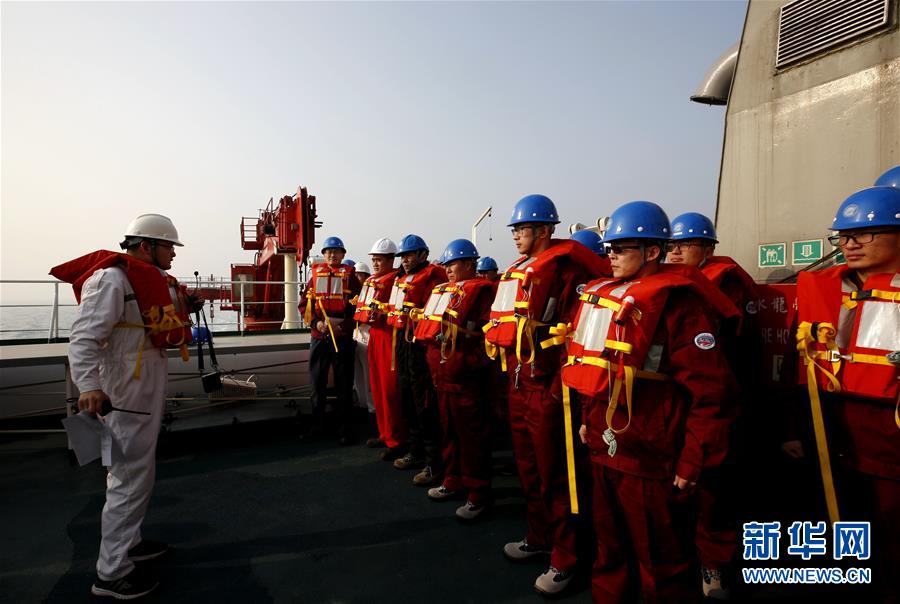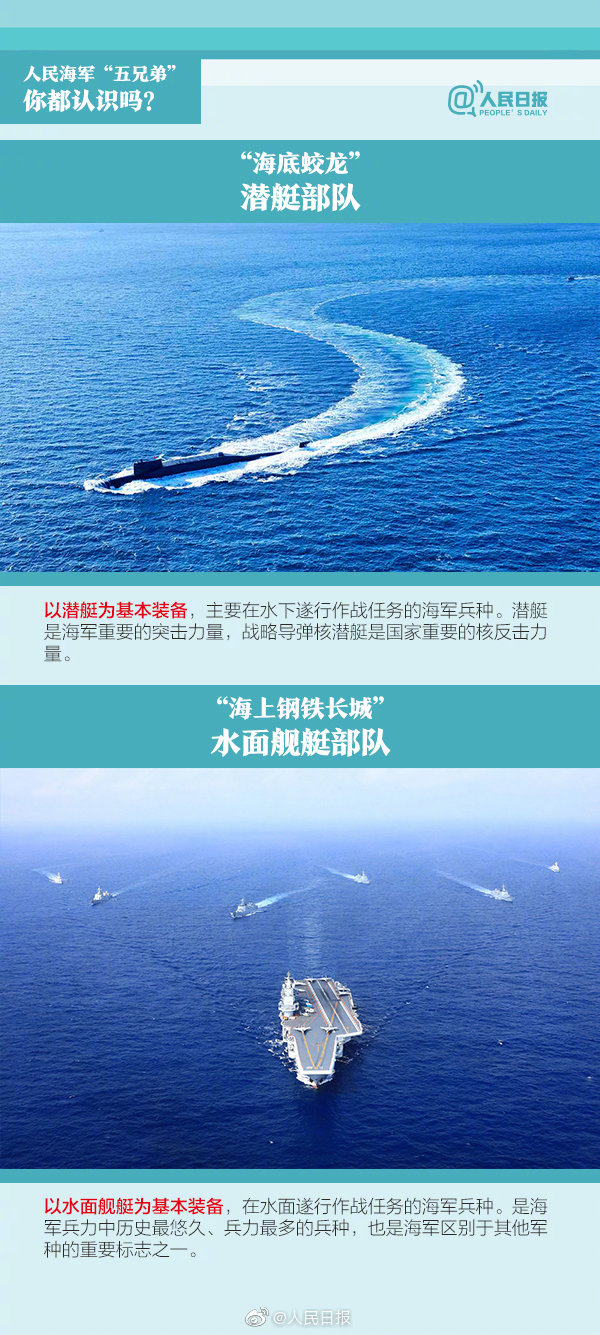
Giographic Information System (GIS) is the major of Geographic Information System.
Geographic Information System (GIS) is a comprehensive discipline that integrates knowledge in geography, computer science, data science and other fields to collect, store, manage, analyze and visualize geospatial data through software tools. In terms of employment, graduates majoring in GIS have a variety of career options.
Geographic Information System (GIS) is a comprehensive major that uses computer technology and geographical principles to collect, store, manage, analyze and display various spatial data to support decision-making in different fields.
Giographic information system professional employment positions include: gis development engineer, sales manager, gis engineer, gis software engineer, technical support engineer, software engineer, project manager, software development engineer, gis data engineer, gis R&D engineer, gis Sales manager, gis data processing engineer, etc.
Hotly recommended by universities: Beijing Forestry University, Wuhan University of Technology, Sun Yat-sen University, Southwest Jiaotong University.
GIS expert: Geographic Information System (GIS) is an important part of geographic information science, so GIS experts have a wide range of employment opportunities in government, urban planning, natural resource management, environmental protection and other fields. They can make maps, analyze geographical data, and support policy decision-making.

The employment direction of cartography and geographic information system is introduced as follows: Employment direction of geographic information science major: Graduates can engage in scientific research, applied research, teaching and operation management in the fields of geospatial information engineering, space data wireless network transmission, data information visualization and other fields.
The employment prospects of geographic information science are very optimistic. Growing demand. With the progress of technology and the development of society, the demand for the application of geographic information science in various fields is increasing. Geographic information science can be applied to urban planning, environmental protection, agriculture, energy, transportation, public safety and other fields. Skill requirements.
The employment prospects of GIS are as follows: Geographic Information System (GIS) Engineer: Graduates majoring in Earth Information Science and Technology can engage in the design, development and management of GIS systems.GIS is widely used in urban planning, environmental management, land use, transportation planning, water resources management and other fields, with large demand and more employment opportunities.
Seven employment directions of the earth information system major: development engineer. If you want to find the enemy of the task after graduation, you have to think about what tasks you have and what tasks you like. Because the current situation of the unemployment market in the geographic information system is that supply is greater than demand, and there are more monks and less porridge, it is better to think about market demand.
The employment prospects of geographic information science are not bleak. With the process of informatization of various departments of the country and the increase and development of domestic high-tech enterprises engaged in the development of geographic information system engineering, the demand for this professional will increase and the gap will also widen.
Mapography and geographic information system are science, which is biased towards software development. Boys can engage in underlying development, and girls generally do secondary development or database.
Engineering is engineering, and the system is science. Engineering must be better than science.. The system is under geographical science, and the engineering is under surveying and mapping..
Focus on different directions: Mapography and geographic information system focus on the analysis of the theory of geographic information system and geographical analysis and modeling, such as the use of maps and GIS to analyze the laws of space.
Cartography and geographic information system are developed on the basis of cartography and belong to the second-level discipline under science geography (first-level discipline).
There is no difference in the research of these two majors in China, but cartography and geographic information engineering belong to engineering, and the preliminary examination number one; cartography and geographic information system belong to science, and the preliminary examination number two. Because there are two majors, some enrollment schools are enrolling only one major, and there are also two majors.
Geographic information technology is a modern technology mainly used in regional geographical environment research, mainly in three categories: remote sensing, global positioning system and geographic information system. That is to say, geographic information system is a kind of geographic information technology. In addition, geographic information system is a computer system mainly used to analyze spatial geographical data.
Geographic information system (GIS) is a comprehensive discipline. It integrates the knowledge of geography, computer science, data science and other fields, and collects, stores, manages and analyzes geospatial data through software tools. And visualization. In terms of employment, graduates majoring in GIS have a variety of career options.
Geographic Information System (GIS) is a comprehensive major that uses computer technology and geographical principles to collect, store, manage, analyze and display various spatial data to support decision-making in different fields.
Geographic information science mainly studies the basic knowledge of geography, geographic information system, database principles, remote sensing principles and technologies, etc.Use 3S (GPSGISRS) technology to informate the substances inside the earth system, such as making electronic maps for mobile phones according to the urban landscape, remote-controlled drones, real-time positioning and navigation, etc.
Geographic Information System (GIS), Global Positioning System (GPS) and Remote Sensing System (RS) are collectively known as the 3S system. Geographic Information System (GIS) is a data management system with a professional form of information system space. Strictly speaking, this is a computer system that centralizes, stores, operates, and displays geographical reference information.
1. Employment of geospatial information engineering majorThe prospect is mainly to engage in land resources and environmental investigation and monitoring, disaster monitoring, space information services, smart city construction and other work in government and public institutions.
2. Government agencies and industries: Geographic information plays an important role in urban planning, land management, environmental protection, resource survey and other fields. Relevant government departments, land surveying and mapping institutions, urban planning and design institutes, environmental protection bureaus, etc. all need geographic information professionals to provide rich employment opportunities.
3. The employment direction of geographic information science majors is very wide, covering many different fields. The following are some main employment directions: Urban planning and management: Graduates majoring in geographic information science can find jobs in urban planning, land management, environmental protection and other fields.
Real-time cargo tracking solutions-APP, download it now, new users will receive a novice gift pack.
Giographic Information System (GIS) is the major of Geographic Information System.
Geographic Information System (GIS) is a comprehensive discipline that integrates knowledge in geography, computer science, data science and other fields to collect, store, manage, analyze and visualize geospatial data through software tools. In terms of employment, graduates majoring in GIS have a variety of career options.
Geographic Information System (GIS) is a comprehensive major that uses computer technology and geographical principles to collect, store, manage, analyze and display various spatial data to support decision-making in different fields.
Giographic information system professional employment positions include: gis development engineer, sales manager, gis engineer, gis software engineer, technical support engineer, software engineer, project manager, software development engineer, gis data engineer, gis R&D engineer, gis Sales manager, gis data processing engineer, etc.
Hotly recommended by universities: Beijing Forestry University, Wuhan University of Technology, Sun Yat-sen University, Southwest Jiaotong University.
GIS expert: Geographic Information System (GIS) is an important part of geographic information science, so GIS experts have a wide range of employment opportunities in government, urban planning, natural resource management, environmental protection and other fields. They can make maps, analyze geographical data, and support policy decision-making.

The employment direction of cartography and geographic information system is introduced as follows: Employment direction of geographic information science major: Graduates can engage in scientific research, applied research, teaching and operation management in the fields of geospatial information engineering, space data wireless network transmission, data information visualization and other fields.
The employment prospects of geographic information science are very optimistic. Growing demand. With the progress of technology and the development of society, the demand for the application of geographic information science in various fields is increasing. Geographic information science can be applied to urban planning, environmental protection, agriculture, energy, transportation, public safety and other fields. Skill requirements.
The employment prospects of GIS are as follows: Geographic Information System (GIS) Engineer: Graduates majoring in Earth Information Science and Technology can engage in the design, development and management of GIS systems.GIS is widely used in urban planning, environmental management, land use, transportation planning, water resources management and other fields, with large demand and more employment opportunities.
Seven employment directions of the earth information system major: development engineer. If you want to find the enemy of the task after graduation, you have to think about what tasks you have and what tasks you like. Because the current situation of the unemployment market in the geographic information system is that supply is greater than demand, and there are more monks and less porridge, it is better to think about market demand.
The employment prospects of geographic information science are not bleak. With the process of informatization of various departments of the country and the increase and development of domestic high-tech enterprises engaged in the development of geographic information system engineering, the demand for this professional will increase and the gap will also widen.
Mapography and geographic information system are science, which is biased towards software development. Boys can engage in underlying development, and girls generally do secondary development or database.
Engineering is engineering, and the system is science. Engineering must be better than science.. The system is under geographical science, and the engineering is under surveying and mapping..
Focus on different directions: Mapography and geographic information system focus on the analysis of the theory of geographic information system and geographical analysis and modeling, such as the use of maps and GIS to analyze the laws of space.
Cartography and geographic information system are developed on the basis of cartography and belong to the second-level discipline under science geography (first-level discipline).
There is no difference in the research of these two majors in China, but cartography and geographic information engineering belong to engineering, and the preliminary examination number one; cartography and geographic information system belong to science, and the preliminary examination number two. Because there are two majors, some enrollment schools are enrolling only one major, and there are also two majors.
Geographic information technology is a modern technology mainly used in regional geographical environment research, mainly in three categories: remote sensing, global positioning system and geographic information system. That is to say, geographic information system is a kind of geographic information technology. In addition, geographic information system is a computer system mainly used to analyze spatial geographical data.
Geographic information system (GIS) is a comprehensive discipline. It integrates the knowledge of geography, computer science, data science and other fields, and collects, stores, manages and analyzes geospatial data through software tools. And visualization. In terms of employment, graduates majoring in GIS have a variety of career options.
Geographic Information System (GIS) is a comprehensive major that uses computer technology and geographical principles to collect, store, manage, analyze and display various spatial data to support decision-making in different fields.
Geographic information science mainly studies the basic knowledge of geography, geographic information system, database principles, remote sensing principles and technologies, etc.Use 3S (GPSGISRS) technology to informate the substances inside the earth system, such as making electronic maps for mobile phones according to the urban landscape, remote-controlled drones, real-time positioning and navigation, etc.
Geographic Information System (GIS), Global Positioning System (GPS) and Remote Sensing System (RS) are collectively known as the 3S system. Geographic Information System (GIS) is a data management system with a professional form of information system space. Strictly speaking, this is a computer system that centralizes, stores, operates, and displays geographical reference information.
1. Employment of geospatial information engineering majorThe prospect is mainly to engage in land resources and environmental investigation and monitoring, disaster monitoring, space information services, smart city construction and other work in government and public institutions.
2. Government agencies and industries: Geographic information plays an important role in urban planning, land management, environmental protection, resource survey and other fields. Relevant government departments, land surveying and mapping institutions, urban planning and design institutes, environmental protection bureaus, etc. all need geographic information professionals to provide rich employment opportunities.
3. The employment direction of geographic information science majors is very wide, covering many different fields. The following are some main employment directions: Urban planning and management: Graduates majoring in geographic information science can find jobs in urban planning, land management, environmental protection and other fields.
HS code-based container load planning
author: 2024-12-24 03:50Industry-specific trade data filters
author: 2024-12-24 03:08Electronics global trade by HS code
author: 2024-12-24 02:47How to integrate HS codes into BOMs
author: 2024-12-24 02:30Asia trade corridors HS code mapping
author: 2024-12-24 01:43Trade data for strategic pricing
author: 2024-12-24 04:17Global regulatory compliance by HS code
author: 2024-12-24 03:23Renewable energy equipment HS code mapping
author: 2024-12-24 03:22How to validate supplier compliance
author: 2024-12-24 03:14European Union HS code verification
author: 2024-12-24 02:31 Supply chain sustainability metrics
Supply chain sustainability metrics
496.65MB
Check HS code-based competitive advantage analysis
HS code-based competitive advantage analysis
742.37MB
Check Paper and pulp HS code insights
Paper and pulp HS code insights
625.26MB
Check Tariff impact simulation tools
Tariff impact simulation tools
695.65MB
Check HS code compliance for customs
HS code compliance for customs
611.67MB
Check Enhanced due diligence via HS code
Enhanced due diligence via HS code
752.27MB
Check How to reduce import export costs
How to reduce import export costs
567.34MB
Check Trade data-based price benchmarks
Trade data-based price benchmarks
326.21MB
Check HS code indexing for procurement catalogs
HS code indexing for procurement catalogs
865.68MB
Check Dynamic commodity risk indexing
Dynamic commodity risk indexing
568.89MB
Check Global trade compliance certifications
Global trade compliance certifications
584.96MB
Check Industry-specific trade growth forecasts
Industry-specific trade growth forecasts
881.78MB
Check HS code-based opportunity scanning
HS code-based opportunity scanning
238.38MB
Check Global cross-border payment tracking
Global cross-border payment tracking
469.86MB
Check Trade data-driven credit insurance
Trade data-driven credit insurance
357.24MB
Check How to handle multi-currency billing
How to handle multi-currency billing
117.86MB
Check Agriculture HS code-based quota allocation
Agriculture HS code-based quota allocation
769.73MB
Check Real-time port data insights
Real-time port data insights
698.92MB
Check HS code compliance training for logistics teams
HS code compliance training for logistics teams
778.85MB
Check Import export data consulting services
Import export data consulting services
895.41MB
Check Customizable trade data dashboards
Customizable trade data dashboards
939.97MB
Check How to leverage trade data in negotiations
How to leverage trade data in negotiations
249.82MB
Check Trade data for consumer electronics
Trade data for consumer electronics
365.21MB
Check How to use HS codes for tariff predictions
How to use HS codes for tariff predictions
165.48MB
Check Global trade compliance playbooks
Global trade compliance playbooks
966.43MB
Check HS code lookup for global trade
HS code lookup for global trade
442.44MB
Check import export database
import export database
419.62MB
Check Pharma finished goods HS code references
Pharma finished goods HS code references
238.52MB
Check Ceramic tiles HS code classification
Ceramic tiles HS code classification
968.87MB
Check Customs broker performance analysis
Customs broker performance analysis
279.43MB
Check Asia import data insights
Asia import data insights
476.82MB
Check Pharmaceutical trade analytics platform
Pharmaceutical trade analytics platform
496.99MB
Check How to ensure trade compliance audits
How to ensure trade compliance audits
331.95MB
Check HS code-based market readiness assessments
HS code-based market readiness assessments
321.51MB
Check Country-specific HS code exemptions
Country-specific HS code exemptions
666.42MB
Check supply chain intelligence
supply chain intelligence
831.16MB
Check
Scan to install
Real-time cargo tracking solutions to discover more
Netizen comments More
650 Advanced trade route cost analysis
2024-12-24 04:17 recommend
2572 Global trade pattern recognition
2024-12-24 03:44 recommend
801 Grain imports HS code data trends
2024-12-24 02:56 recommend
388 Medical reagents HS code verification
2024-12-24 02:24 recommend
2707 USA importers database access
2024-12-24 01:41 recommend